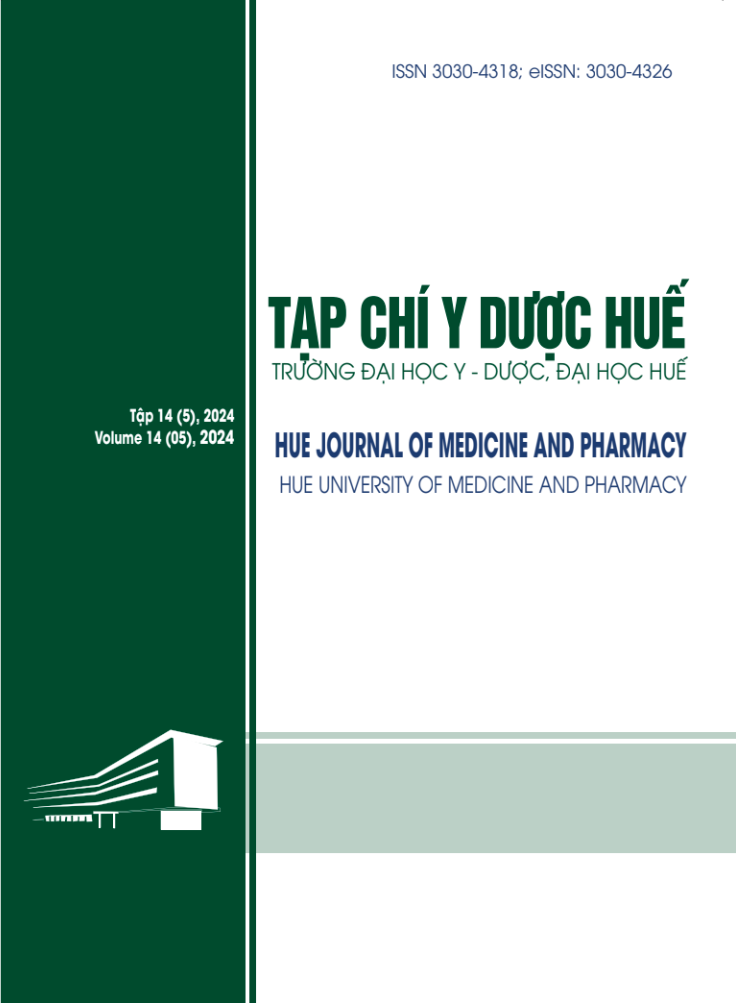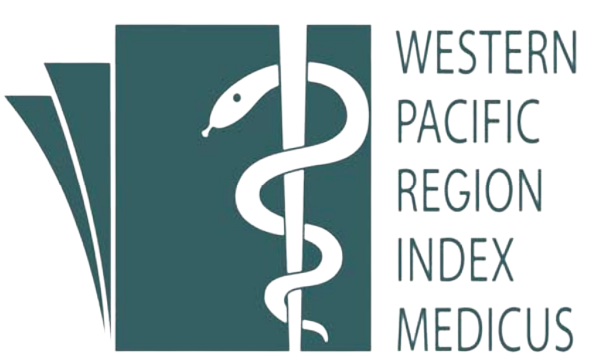Abstract
Objectives: The study was conducted to evaluate acute skin irritation and wound healing effect in vivo of the ethyl acetat fraction (EA) from Coptosapelta flavescens. Materials and methods: The EA fraction was evaluated for rabbit skin irritation in vivo according to OECD 404 guideline. Their antibacterial and woundhealing activities on mouse was performed based on McRipley and Whitney's model with adjustment. Results: EA fraction did not irritate in rabbit skin. In the model of Swiss albino mice, after application of this product at three different concetrations of 0.256%; 0.512% and 1.024%, the wound healing was significantly higher than that of the control throughout the experiment. This effect could be better than that of povidon iod drug control. Conclusion: Research results provide scientific basis for the clinical application of this product to develop products to support the treatment of skin-soft tissue infections| Published | 2024-09-25 | |
| Fulltext |
|
|
| Language |
|
|
| Issue | Vol. 14 No. 5 (2024) | |
| Section | Original Articles | |
| DOI | 10.34071/jmp.2024.5.10 | |
| Keywords | Coptosapelta flavescens, ethyl acetat fraction, wound healing, skin irritation, povidon iod. dây khai, phân đoạn ethyl acetat, tỷ lệ làm lành vết thương, kích ứng da, povidon iod. |

This work is licensed under a Creative Commons Attribution-NonCommercial-NoDerivatives 4.0 International License.
Copyright (c) 2024 Journal of Medicine and Pharmacy
Nguyen, T. B. T., Nguyen, N. T., & Hoang, T. P. L. (2024). Evaluation of skin irritation, wound healing effect on mouse model of ethyl actate fraction from Coptosapelta flavescens Korth., Rubiaceae. Hue Journal of Medicine and Pharmacy, 14(5), 85. https://doi.org/10.34071/jmp.2024.5.10






